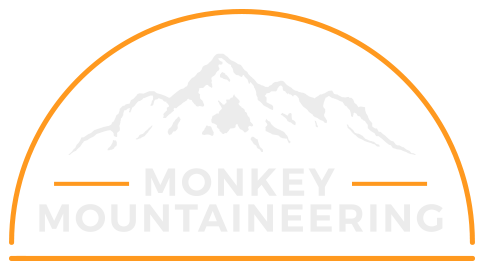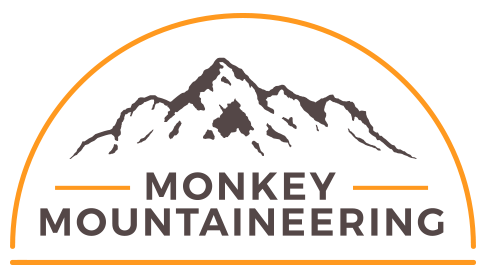The Mountain
At 7126m Himlung Himal is in a remote corner of Nepal, close to the Tibetan border, northeast of the Annapurna’s. It was first climbed in 1992 by a Japanese team with the first British ascent, part of a Swiss team coming much later. Technically, the climbing is straight forward however, to be successful, you will require a high level of fitness.

